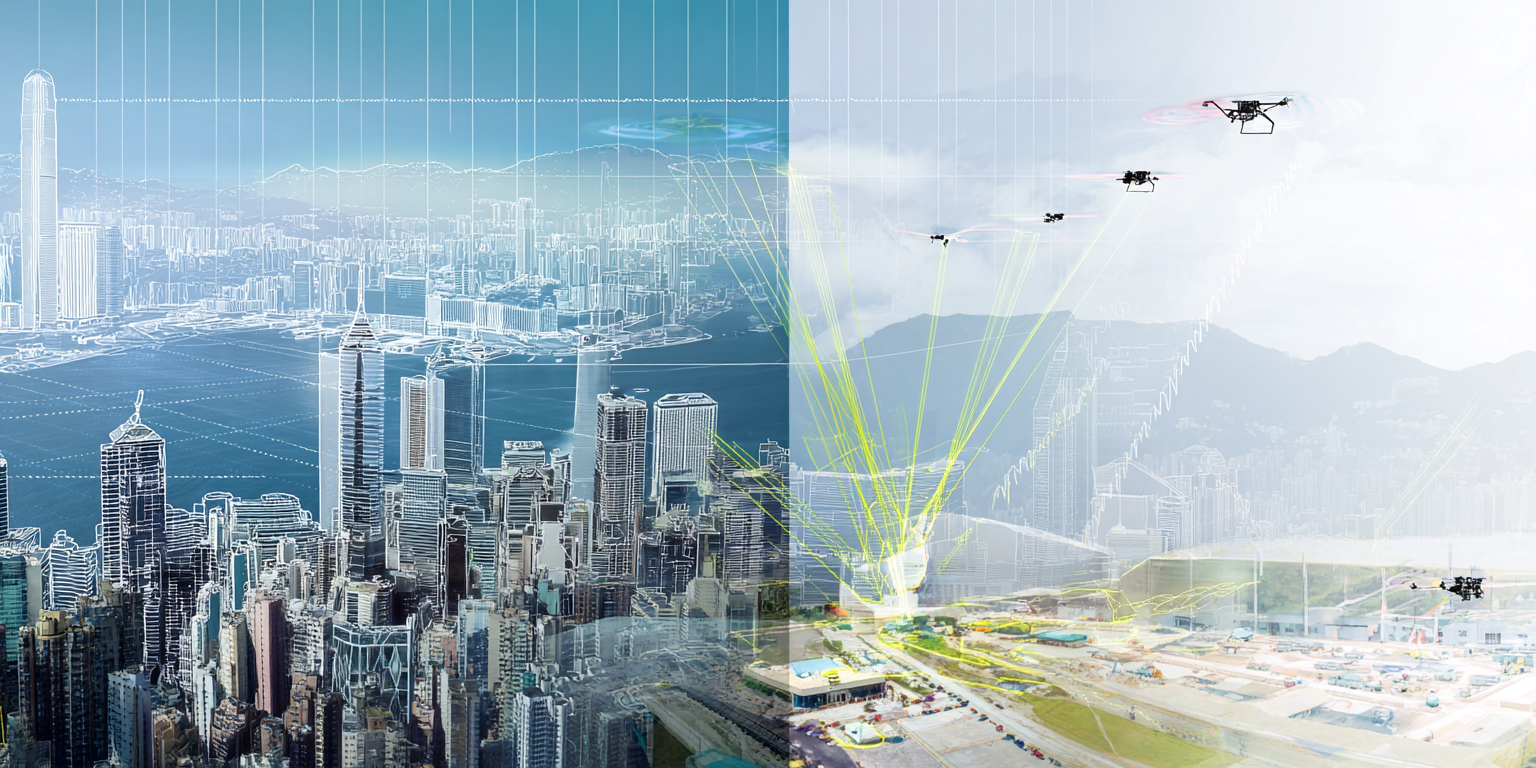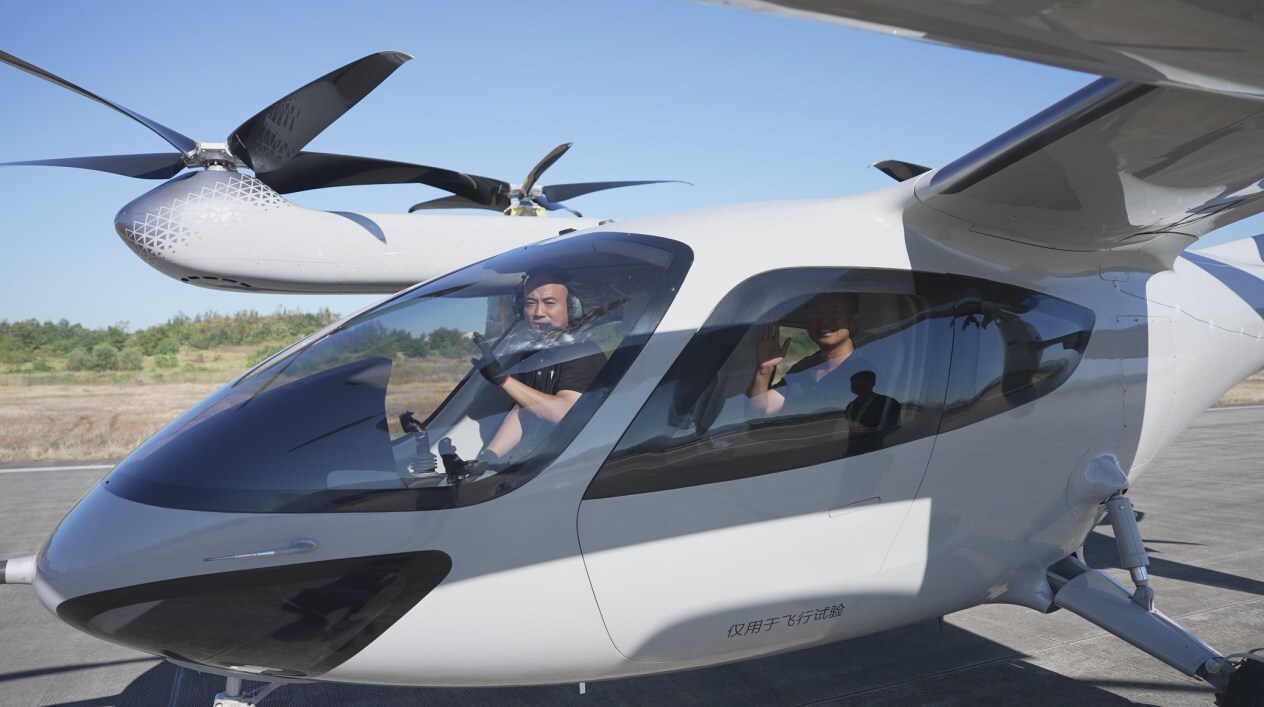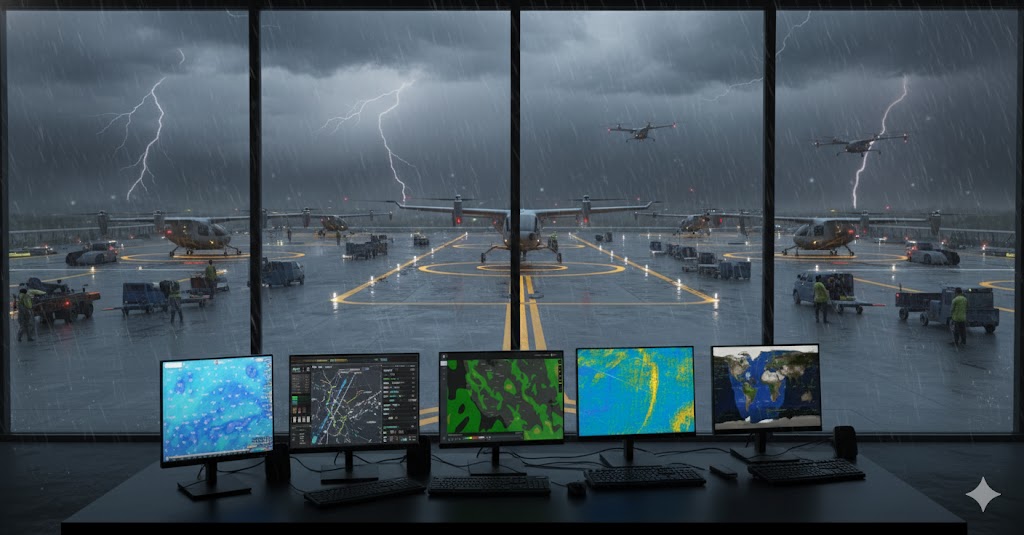The low-altitude Economy: China’s Urban Air Mobility Vision
China’s low-altitude economy is projected to contribute between US$422 billion and US$700 billion to China’s economy by 2025. The low-altitude economy encompasses various industries focused on crewed and uncrewed civil aerial vehicles, with a strong integration with the artificial intelligence (AI) and power battery industries. Significant developments in low-altitude aviation are underway in various regions of China. For instance, tests are being conducted for drone prototypes in Hefei, Anhui Province, including commercial sightseeing and food-delivery drones.
Anhui is leading the way in low-altitude airspace management reforms, reinforcing its commitment to developing a robust low-altitude economy. Shenzhen, known for its technological innovations, has also made strides in this sector, launching new drone routes, establishing drone take-off and landing points, and completing numerous cargo drone flights. Furthermore, Shenzhen has introduced intercity “air taxi” routes. It focuses on the industrialization of low-altitude aircraft, including manned eVTOL (electric vertical take-off and landing) and the construction of low-altitude infrastructure.
In the south, the Guangzhou Huangpu district has introduced subsidies of up to RMB 30 million for eligible projects to boost the low-altitude economy. This initiative aims to foster the formation of industrial clusters worth hundreds of billions of RMB, transforming the district into a pioneering UAM area and bringing the concept of a “City in the Sky” to fruition. These concerted efforts reflect China’s broader strategy to cultivate strategic emerging industries, positioning the country as a significant player in the global low-altitude economic sector.
EHang (Nasdaq: EH) has emerged as a frontrunner in the rapidly evolving world of aviation. EHang’s historic commercial demonstration flights of the EH216-S unfolded at Jiulong Lake Park in Guangzhou and Luogang Central Park in Hefei. These events showcased the inaugural commercial flight demonstrations of Ehang-certified EH216-S aircraft. The events drew the attention of local government representatives, CAAC officials, various enterprises, the media, and the general public.
The park, the former Hefei Luogang International Airport, stands as the world’s largest urban central park, sprawling across 12.7 square kilometers. It features diverse attractions, including natural landscapes, themed gardens, playgrounds, concert halls, dining venues, residential apartments, and hotels. Drawing up to 300,000 visitors daily during peak holiday times, its vast potential for aerial sightseeing, tourism, and regional shuttle services makes Luogang Central Park a prime commercial hub for EH216-S pilotless passenger-carrying eVTOL aircraft operation.
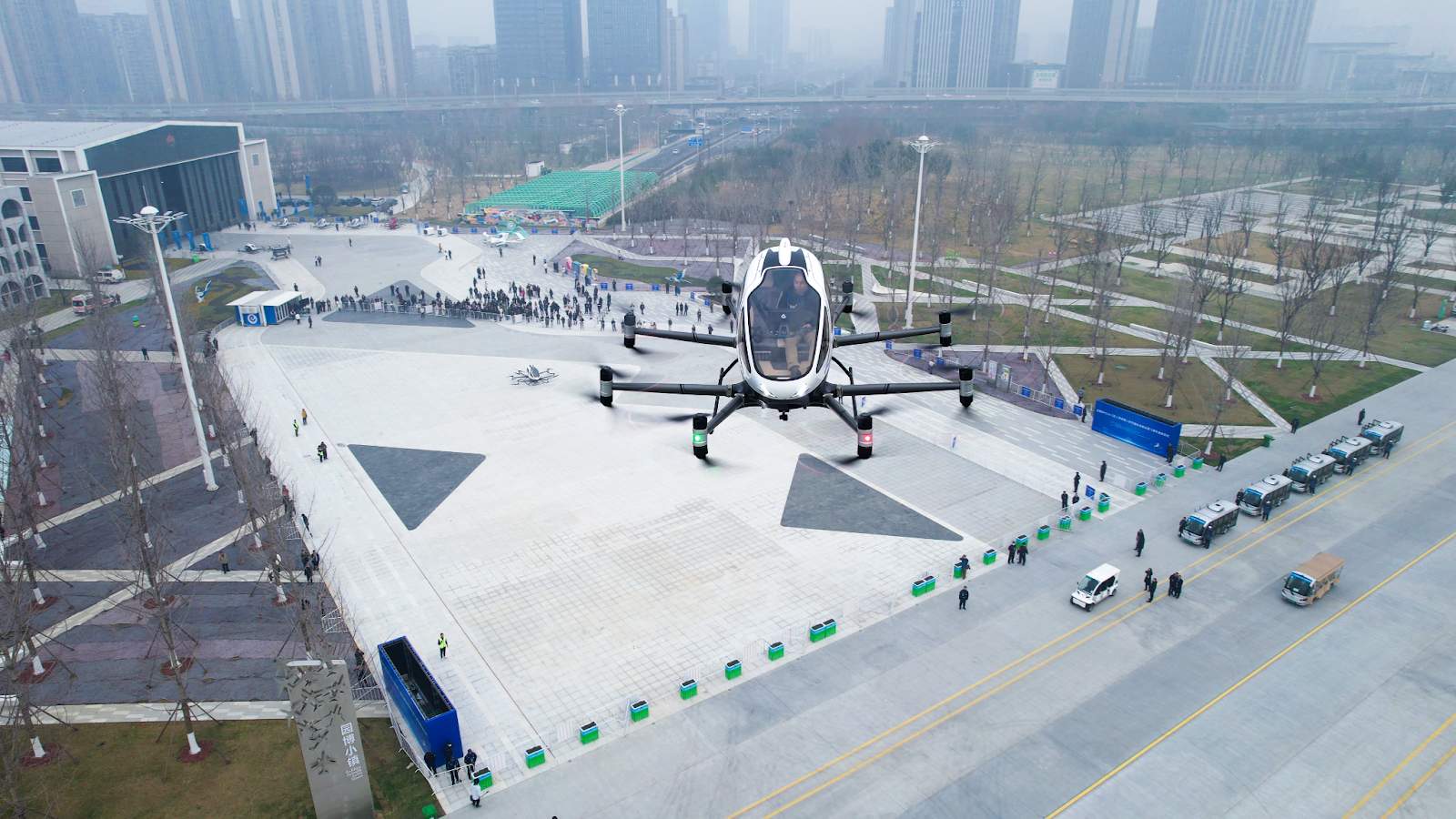
The Hefei Municipal Government intends to facilitate the purchase of at least 100 units of EH216 series pilotless aerial vehicles from EHang and provide financing support, amounting to a total of US$100 million.
EHang’s eVTOL technology hopes to redefine the concept of city travel. By taking to the skies, these air taxis promise to significantly reduce travel time for daily commutes, offering a swift, efficient, and more enjoyable journey. Although not indicative of a full-scale commercial operation, the flights were crucial to validating EHang’s operational capabilities.
High-ranking government officials and prominent citizens took to the skies in the EH216-S, enjoying the spectacular urban scene from an elevated vantage point, a testament to the vehicle’s readiness and the company’s vision. Some of those who participated included.
- Yonghang Guo, Standing Committee Member of the Guangdong Provincial Committee and Secretary of the Guangzhou Municipal Committee,
- Jie Chen, Standing Committee Member of Guangzhou Municipal Committee, Executive Vice Mayor of Guangzhou, and Secretary of Huangpu District Committee,
- Shijie Liang is the deputy director of the CAAC Central and Southern Regional Administration.
- Aihua Yu, Standing Committee Member of the Anhui Provincial Committee and Secretary of the Hefei Municipal Committee,
- Yunfeng Luo is the Hefei Municipal Committee’s deputy secretary and Hefei’s mayor.
With the operational base at places like Luogang Central Park in Hefei, EHang is focused on integrating aerial sightseeing, tourism, and regional shuttle services into the urban air fabric.
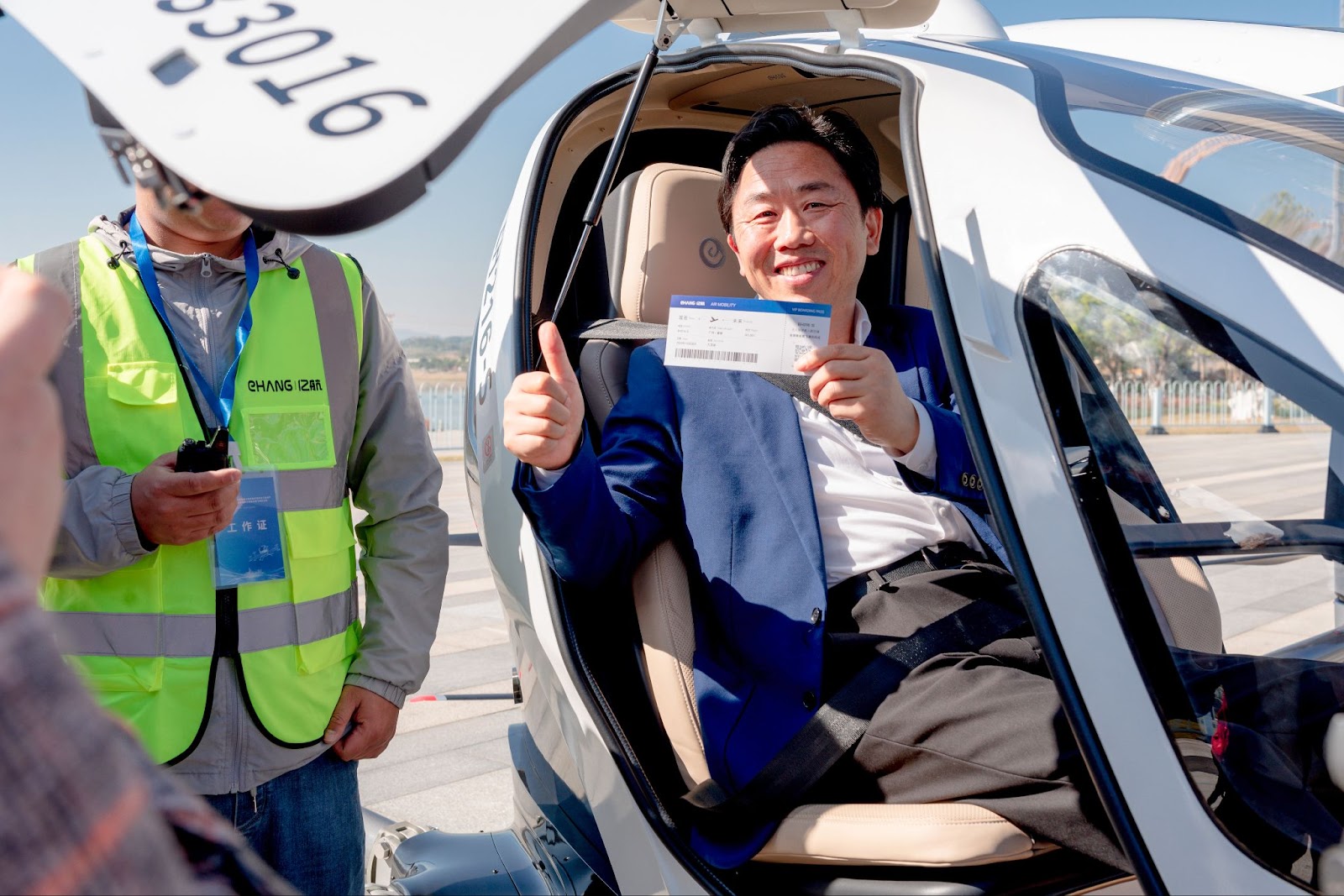 Guangzhou Jiulong Lake passengers get on board.
Guangzhou Jiulong Lake passengers get on board.
EHang’s ambitions are not confined to China, with plans and agreements to bring its air taxis to the United Arab Emirates and Europe. Such expansion amplifies the reach of EHang’s technology and paves the way for a new era of global urban transport.
The EH216-S became the first eVTOL to secure a type certificate from the Civil Aviation Administration of China (CAAC). This certification is a significant milestone indicating that the EH216-S meets commercial operations’ stringent safety and quality requirements. Following this, they received their airworthiness certification, certifying that EHang’s vehicles are ready to operate safely in the skies above a bustling metropolis.
Private aviation group Sino Jet aims to be a leader in China’s advanced air mobility (AAM) sector, with plans to buy 100 AE200 eVTOL aircraft developed by the Aerofugia subsidiary of the Geely automotive group.
This tiltrotor model is designed to carry five passengers and has a range of up to 300 kilometers. Sino Jet’s vision includes offering a complete range of transportation services, including last-mile connections, and investing in new FBO private terminals in mainland China.
 Aerofugia AE200
Aerofugia AE200
China’s recent Central Economic Work Conference emphasized the low-altitude economy as a key emerging industry. This sector has received robust support from local governments, notably in Guangzhou and Hefei, and is recognized for its potential to contribute significantly to national economic growth. These cities are becoming central hubs for the burgeoning low-altitude economy, with ongoing support through favorable policies, subsidies, and encouragement for related businesses, industrial development, infrastructure, and more.
As eVTOLs become a viable mode of transport in China, they will play a crucial role in decongesting urban roads. With more people traveling by air, the strain on road traffic will decrease, leading to less congestion and shorter travel times for those flying and those who choose to or must travel by ground.
Electric-powered air taxis represent a cleaner, more sustainable mode of transport. By decreasing reliance on ground vehicles, which are often fueled by gasoline or diesel, eVTOLs reduce urban air pollution and the overall carbon footprint of transportation.
China’s advancement in the low-altitude economy reflects its broader strategy to develop strategic industries like biomanufacturing and commercial aerospace. This growth, driven by collaboration between private and government sectors, transparent regulations, and supportive policies, positions China as a significant global player in Urban Air Mobility and eVTOL operations.
A comparative analysis of China’s Urban Air Mobility (UAM) initiatives with those of other global players, particularly the United States and European nations, provides valuable insights into the different approaches and strategies in the burgeoning field of UAM. China’s approach is characterized by strong government support, rapid technological advancement, and a swift move toward commercialization. The U.S. approach is more private-sector driven, focusing on integrating UAM into the existing aviation framework. Europe’s strategy is collaborative and methodical, emphasizing safety, regulation, and sustainability. Each approach reflects the regions’ broader cultural, regulatory, and economic contexts.



